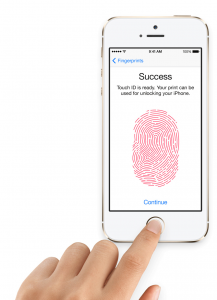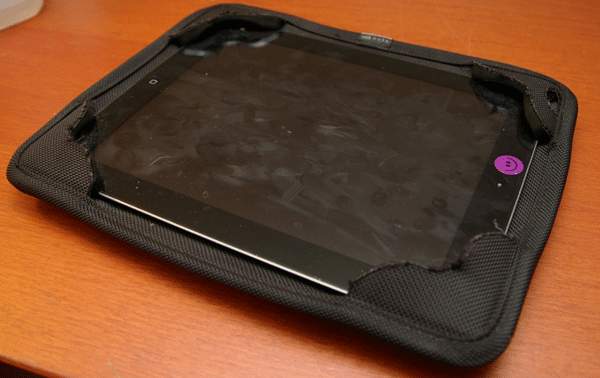 There have been a number of major security breaches to service in the past few months. It seems like every week we are hearing about a new retailer that has been hacked potentially exposing users financial information. Then there was the iCloud hacks on celebrities and the release of potential DropBox logins through third party applications just the other day. Securing information is becoming a bigger challenge and many companies are starting to implement two factor authentication to accounts. But what exactly is two factor authentication and how does it impact users? Continue reading
There have been a number of major security breaches to service in the past few months. It seems like every week we are hearing about a new retailer that has been hacked potentially exposing users financial information. Then there was the iCloud hacks on celebrities and the release of potential DropBox logins through third party applications just the other day. Securing information is becoming a bigger challenge and many companies are starting to implement two factor authentication to accounts. But what exactly is two factor authentication and how does it impact users? Continue reading
Biometrics Will Not Replace The Password
[Updated to include recent court ruling regarding fingerprint security and police searches.]
Continue reading
Who Gets Your Digital Stuff When You Die?
 Music, movies, books and photos are all examples of things that we used to own physically but are now in digital form. Unlike the tangible items like CDs, DVDs or books, the digital versions of these items are licensed to an individual rather than owned. In addition, when these are purchased through one of the many services, the rights that go along with it prohibit the digital files from being transferred other individuals. This has huge implications if you or a family member dies because technically the licenses of the digital media prevent them from being transferred even to another family member. This is why digital inheritance laws are needed in today’s world and Delaware has finally enacted the first in the US. Continue reading
Music, movies, books and photos are all examples of things that we used to own physically but are now in digital form. Unlike the tangible items like CDs, DVDs or books, the digital versions of these items are licensed to an individual rather than owned. In addition, when these are purchased through one of the many services, the rights that go along with it prohibit the digital files from being transferred other individuals. This has huge implications if you or a family member dies because technically the licenses of the digital media prevent them from being transferred even to another family member. This is why digital inheritance laws are needed in today’s world and Delaware has finally enacted the first in the US. Continue reading
Real Life Examples Of DIY Technology Repairs
Inevitably the items that we buy will break. With the way things are designed these days, the attitude is frequently that it is easier to just get rid of the item and replace it with a new one than spend the money for repairs. This is understandable as often times the costs for repairs can end up being more expensive than buying a completely new item. For very small items like cell phones and tablets, they may also be made such that they are sealed so repairs are not possible.
The problem is that there are many cases where the item in question can be repaired for less than it costs to get something new or it is more affordable to do it on your own then pay a professional. In a six month period, I had three cases of things breaking on me that I was able to repair or hack them back into working condition. Find out what they were and what resources I was able to use to get up and running.
Tech Rant: Don’t Buy Premium Cables
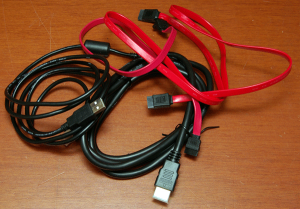 Have you every been inside an electronics store buying a new HDTV, Blu-ray player or home theater equipment when you are told that you should pick up some premium cables to ensure the best experience possible? Often times these premium cables are placed prominently near the equipment and checkout lines to try and entice buyers to pick them up. Don’t be fooled, most of these cables are there for a single purpose, high profit margins. It is rare that any of these cables will make a single bit of difference in the performance of your video or audio so its best not to spend the money.
Have you every been inside an electronics store buying a new HDTV, Blu-ray player or home theater equipment when you are told that you should pick up some premium cables to ensure the best experience possible? Often times these premium cables are placed prominently near the equipment and checkout lines to try and entice buyers to pick them up. Don’t be fooled, most of these cables are there for a single purpose, high profit margins. It is rare that any of these cables will make a single bit of difference in the performance of your video or audio so its best not to spend the money.
Digital Changed Everything
Previously, audio and video were sent using analog signals rather than digital. Analog signals are a bit more forgiving than digital signals which means that you will still hear sound or see the picture but it might be distorted slightly. Now most all A/V signals are done digitally. This is a much more efficient means of sending a signal but it also means that it either works or it does not at all. There is little room for signal errors.
Back to the issue of premium cables. These cables generally have thicker wiring, higher conductive metals that don’t corrode, magnets for attempting to filter the signal for noise, etc. These features were useful to try and keep the signal as clean as possible when it was an analog signal but with digital it is a bit less of a requirement. It especially is not necessary if you are using an optical cable like a SPD/IF or TOSLink for audio. With the short distances that are generally used in consumer electronics, these features tend to not lend any benefit to the user experience. Thus, why pay $30 to $40 for an HDMI cable when a simple $10 cable will work just fine? This is precisely why companies such as are able to sell cables a much more affordable prices that work just fine.
Sometimes Premium Cables Do Matter
While I think most consumers won’t see any benefit to their experience by spending more for cables, there are some instances where premium cables do matter. Specifically, there are two instances, distance and features.
The longer that a cable is, the greater potential there is for a cable to introduce enough noise into the signal that it won’t work. As consumers, we generally do not see this problem as we only have to run a cable maybe ten to twenty feet. But say you need to run a signal over a cable for 100 feet? This is a situation where a premium cable may actually make a difference. Of course the cost for such cables is generally very high such that you want to make absolutely sure it is a situation that will require the cable before you spend the money.
When I talk about features, I’m generally referring to attributes outside of the carrying of the signal on the cable. This can be things like special connectors or even the sleeve of the cable. For instance, I used some premium speaker wire for running my speaker cables. I did this because my older home doesn’t allow me to run the wiring internally through the walls to my ceiling mounted speakers. So I used a flat cable with a sleeve that could be painted to best hide the cabling. Similarly, you can get cables with adjustable connectors to make it easier to plug into your equipment at those odd angles.
Super Cheap Cables Can Be A Problem Too
Of course the other side of the spectrum can be just as annoying. While premium cables may end up costing a lot, they generally don’t fail and if they do they have some solid warranties behind them. Super cheap cables can also be a problem. For instance, my wife bought two generic 10-foot long USB to Apple 30-pin dock cables for around $4/each. While they worked OK for short while, both cables now fail to reliably charge our devices in less than two months. Why? The connectors or wires are coming loose inside of the cable. So beware of the super cheap cables as well.
Another cable I would avoid going super cheap with is USB Type C cables. These are designed to carry power to devices, some of them extremely expensive like the MacBook and Google Pixel. Many of the extremely inexpensive cables are not properly designed to carry the power and can result in damage to your devices. If you plan on using a USB Type C to power a device, I recommend spending a bit and researching to make sure it is safe rather than spending less but ending up destroying your expensive device.
Do You Need Network Attached Storage (NAS)?
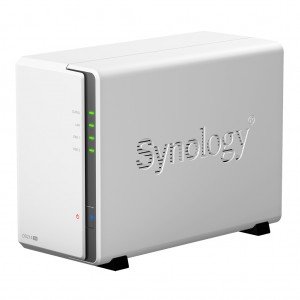 People are probably familiar with external hard drives that connect into their computers through the USB port. Network Attached Storage is essentially a similar prospect of an external storage device but rather than connecting into a computer through a USB peripheral port, it uses either a wired or wireless network connection to allow any compatible device within that local area network to access the files. This can be extremely useful as a central data storage used to share or backup files and media. But is it something that you really need? Continue reading
People are probably familiar with external hard drives that connect into their computers through the USB port. Network Attached Storage is essentially a similar prospect of an external storage device but rather than connecting into a computer through a USB peripheral port, it uses either a wired or wireless network connection to allow any compatible device within that local area network to access the files. This can be extremely useful as a central data storage used to share or backup files and media. But is it something that you really need? Continue reading
Curved TVs – All Hype, Little Benefit
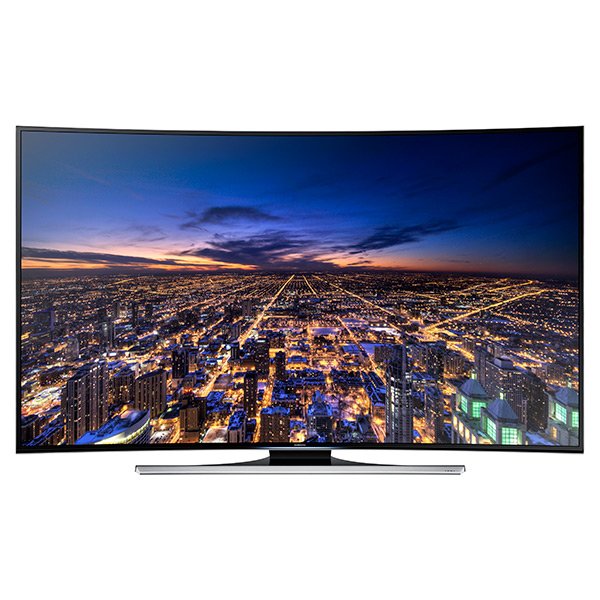 Have you ever been to the theater to watch a movie and noticed that the huge screen is curved slightly rather than a just a flat surface? This is done in order to generate a more immersive experience for the viewer. It also can help those that are sitting on an edge to feel like they are more in the middle. Well, curved screens is all the rage with consumer electronics companies for their high end TVs. But is adding a curved surface to a screen really worth it over a traditional flat screen? Continue reading
Have you ever been to the theater to watch a movie and noticed that the huge screen is curved slightly rather than a just a flat surface? This is done in order to generate a more immersive experience for the viewer. It also can help those that are sitting on an edge to feel like they are more in the middle. Well, curved screens is all the rage with consumer electronics companies for their high end TVs. But is adding a curved surface to a screen really worth it over a traditional flat screen? Continue reading
How to Clean Your Tech to Get Them Germ Free
Why Faster Broadband Speeds Do and Don’t Matter
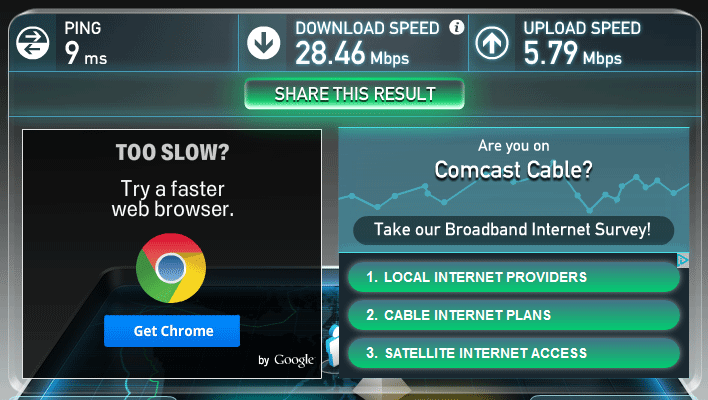 The other day I was driving in my car and listening to the radio when an advertisement from Comcast came on. It was talking about how their super fast XFinity Internet bundles with extra speed provides an advantage for gamers. I found this advertisement interesting because it was emphasizing the speed of their connection. In essence, the faster (and more expensive) internet bundle would be better for PC gaming then their standard version. Sadly, this is not necessarily the case. There is more to an internet connection than just speed. So let’s learn a bit about how and why speed do and don’t matter on your internet connections. Continue reading
The other day I was driving in my car and listening to the radio when an advertisement from Comcast came on. It was talking about how their super fast XFinity Internet bundles with extra speed provides an advantage for gamers. I found this advertisement interesting because it was emphasizing the speed of their connection. In essence, the faster (and more expensive) internet bundle would be better for PC gaming then their standard version. Sadly, this is not necessarily the case. There is more to an internet connection than just speed. So let’s learn a bit about how and why speed do and don’t matter on your internet connections. Continue reading
Why Net Security Requires Securing Your Router As Well As Your PC
Most people tend to be a little security conscious when it comes to browsing the internet. The most obvious way to try and prevent security problems is to use anti-virus and security software on your PC. While this may protect your machine from being infected and becoming a malware host, it still does not address all of the potential security problems. Security researchers in Europe discovered that . This was done by exploiting known vulnerabilities in many popular wireless network routers to setup what is known as a man-in-the middle attack. Users can prevent such attacks on their own home network by securing their routers in addition to their PCs. Continue reading

